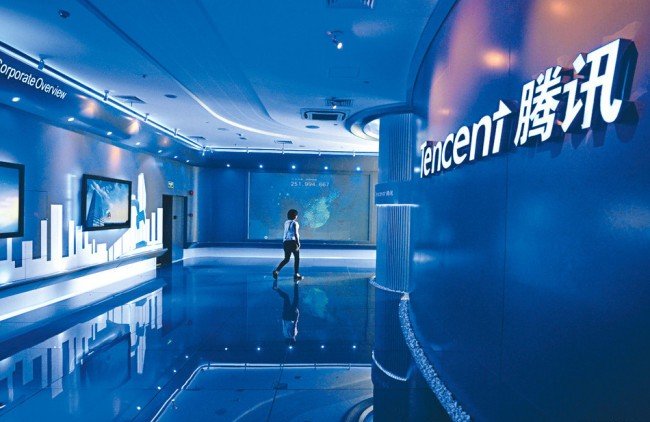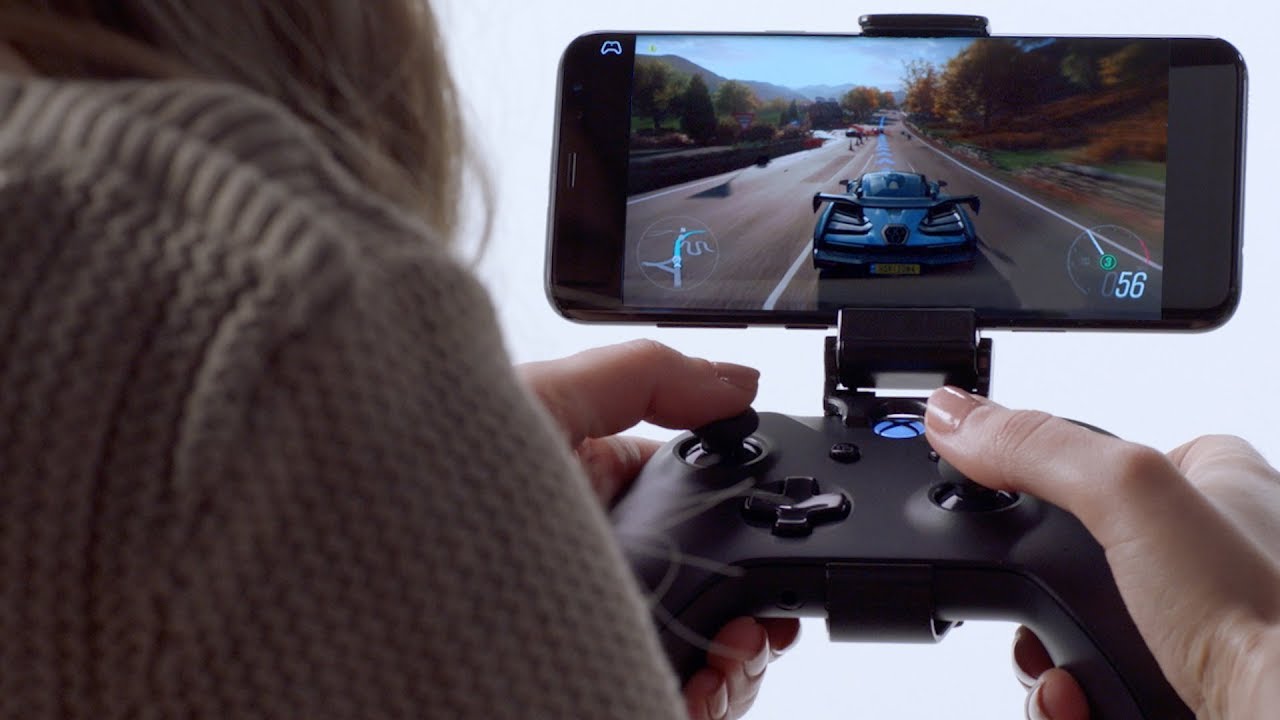
If there’s one word that will describe the 2020 games industry, it’s “transition.” The console business is rethinking its fundamental model as it prepares for a new generation of hardware. Mobile gaming is shifting gears in an attempt to maintain its growth now that handset sales have slowed down. PC gaming is going to become more fractured, which will force creative firms to decide where to sell their wares. And the long-awaited future for mixed reality may finally be here.
In 2019, the games industry officially became a mainstream form of entertainment. Having long existed on the fringes, media firms everywhere have started to take video games seriously both as a competitor for audience and an opportunity to get in front of difficult-to-reach consumers. Netflix CEO Reed Hastings told us in January that HBO didn’t bother him but that Fortnite did because it took away viewing time from his platform. Spending $15 billion in 2019 on new content, Netflix promptly rolled its major franchise Stranger Things into a game and started exploring ways to get in front of gamers.
Today, the games industry is worth $129 billion in consumer spending across all categories. Due to the accessibility of mobile games, which put games in everyone’s hands, and the low entry barriers that free-to-play monetization offers consumers, the games industry today reaches well over two billion people worldwide. Notably, the gamer audience is incredibly diverse: 46% of gamers are female, and 42% fall outside the standard age category of 18-49 year olds.
As traditional media struggles to stay relevant, younger audiences have moved on to new platforms, including Twitch, YouTube and Mixer in North America and Europe, and Douyu TV and Huyu in Asia. About 850 million people in the world regularly watch other people play video games on the internet.
The growing cultural relevance of gaming has become an increasingly critical component to the success of non-endemic companies. In the coming year, we will see the entry of a string of billion dollar firms across the value chain as they embrace gaming. Here are the biggest trends I see for 2020.
The promise of playing blockbuster games on your phone or on your crappy laptop at home is slowly starting to materialize. Broadband penetration is reaching levels and speeds that will enable the traditional console experience to disappear in the cloud. Having seen the high levels of engagement among gamers, and the growing demand that exceeds other forms of entertainment, all of the major tech firms are rushing to deliver on this new technology. Google and Microsoft are currently the two favorites. During the second half of 2019, we’ve been inundated with beta tests and billboard promises of how great playing in the cloud is going to be.
Let me be clear though: Google Stadia’s initial release did not perform as well as we all had hoped. Laggy gameplay and an awkward storefront cost Google some credibility points and, predictably, resulted in a lot of online criticism. But that’s how all iterative tech rollouts work. And Google knows that.
Even so, the proposition is obvious. There is a peaceful seamlessness in setting up: the purchase is relatively modest. It also doesn’t take up a lot of space and it works well even on an average device. And, personally, I’m a big fan of the lack of wires.

Meanwhile, console market leaders like Sony have had a full decade to perfect cloud gaming after it acquired both OnLive and Gaikai back in 2009. However, its cloud service, PlayStation Now, only just recently reached one million subscribers despite Sony’s absolute market dominance and enviable content inventory.
And there’s Microsoft, of course. It moves a little slower than Google, but it has established a more robust ecosystem of content creators and third-party relations that allow it to get the tech right rather than whiteboarding its platform’s personality.
Finally everyone’s waiting to hear from Amazon. Currently, it’s quietly watching from the sides but it’s no secret that half of the industry is already relying on its AWS offering. From there it shouldn’t be too hard to formulate its own cloud gaming strategy and cut into everyone else’s margin.
As cloud gaming emerges as a relevant category, Google and other newcomers will flood the market with cheap capital to subsidize content creators and establish their own differentiating title inventory. It will be a key arena to watch in 2020, as several of the biggest and richest firms in the world battle over dominance in the cloud.
This generation of game makers is receptive to a broader range of monetization models, and is actively experimenting with ad revenue. Massive free-to-play titles manage to reach hundreds of millions of people, and selling ads against this audience only makes sense. Over the past few years we’ve observed growing investments in startups that enable a seamless ad experience that doesn’t interrupt gameplay, and there is no sign of slowing momentum.
This also allows more traditional entertainment categories like sports to enter the game. As their audiences have started to age and their distribution strategies shift to better connect advertisers with younger audiences, the sports business will look to games for help. Many of the major franchises and leagues have already licensed their IP to game makers, of course. But they are incentivized to re-examine their existing approaches. Is it enough to just give your IP over to 2K or EA? You have to wonder, for example why traditional sports like American football and baseball reach similarly sized audiences, but Major League Baseball makes three times more money from video games? That means the NFL is leaving $1.4 billion on the table. As the sports industry starts to wise up, and esports starts to gain in prominence, we will see leagues, sports teams and brands looking for new opportunities and formulate gaming strategies of their own.
5G is going to play a much more prominent role in 2020. The telecom industry has been tackling a game of prisoner’s dilemma of epic proportions. For the average consumer 4G networks were fine. But for any one telco to invest in 5G would mean that that firm would dominate all others. And so every single one spent billions on upgrading their network. What they need now is a problem to match the solution they’ve built.
The answer here is gaming. After 3G enabled mass consumption of music on the phone, and 4G facilitated video, the expectation is that 5G is going to blow gaming wide open.
At a recent conference, Microsoft’s gaming lead, Phil Spencer, stated that 5G will be critical for cloud gaming to work because the cellular connection is more robust than the average in-home WiFi router.
Unsurprisingly, Microsoft also signed a partnership with SK Telecom in South Korea, the world’s avant garde market for online gaming because of its network speeds and consumer appetite, to establish a joint 5G-based cloud gaming offering.
US-based telcos are jumping in, too. Recently, Verizon announced the winners of the Verizon 5G NFL Mobile Gaming Challenge to “harness the power of Verizon 5G Ultra Wideband on consumer devices.”
The games business is growing, going mainstream and maturing. As a result its main protagonists have taken on a new role, whether they like it or not.
During a recent post-match interview, a Hong Kong Hearthstone player Ng “blitzchung” Wai Chung expressed his support for the current protests there. Blizzard immediately cut the feed and punished the player and the two streamers who were interviewing him. It forced Blizzard into an awkward position. Games are for playing, yes. But they also communicate ideas and values. It raises the question whether firms like ATVI are going to play the role as champions for freedom of speech as they ascend to a global stage of multinational media and entertainment firms that cater to advertisers and investors? Or is it going to pledge fealty to a governmental philosophy that stands in opposition of the values that allowed it to prosper to not miss out on whatever it can earn there after taxes and mandatory fees have been extracted?
Financially it will be harder at the top, too. Or, put differently, Tencent is going to eat the world. This Chinese giant learned about the source of its power after it was faced with a regulatory ban. Tencent was unable to capitalize on the success of Fortnite in China, among other titles, and lost an estimated $3 billion in revenue.
In response Tencent re-upped its ad revenue (because it can just do that) and managed to somewhat offset the losses. Given the broader climate around international trade, including the recent announcement by the Chinese government of its 3-5-2 policy that orders government offices and public institutions to remove foreign computer equipment and software in the next three years, we can see where this is going.
Don’t let that distract you from the fact that Tencent dominates the top-grossing PC and mobile titles currently in the market. Across its major titles, which includes League of Legends, Arena of Valor, Clash of Clans, and QQ Speed, it generates almost half a billion dollars a month in revenue across markets. What’s a juggernaut-sized organization with virtually infinite resources to do? Eat the world, that’s what.
To reduce its exposure to the whims of its domestic rulers and grow its empire, Tencent is going to keep expanding internationally. Although the overall climate may make this more challenging, there is a slew of talent coming from the Americas and Europe. Next, Tencent will buy what works for China. Most recently, it increased its voting shares in Supercell.
So my hot take is this: Tencent will buy Ubisoft in 2020. It already owns a piece of the French publisher and its content is popular among Chinese consumers. At a current market cap value of $7 billion following the disastrous release of Ghost Recon Breakpoint, it would pay around $10 billion for a whole host of premium content that it can port into China.
With its momentum, the entry of newcomers, the growing cultural relevance, and the prospect of a slew of new platforms, both digital and physical, ready to launch in the new year, we’re in for a ride. Let’s get started.
 GameDaily.biz © 2025 | All Rights Reserved.
GameDaily.biz © 2025 | All Rights Reserved.